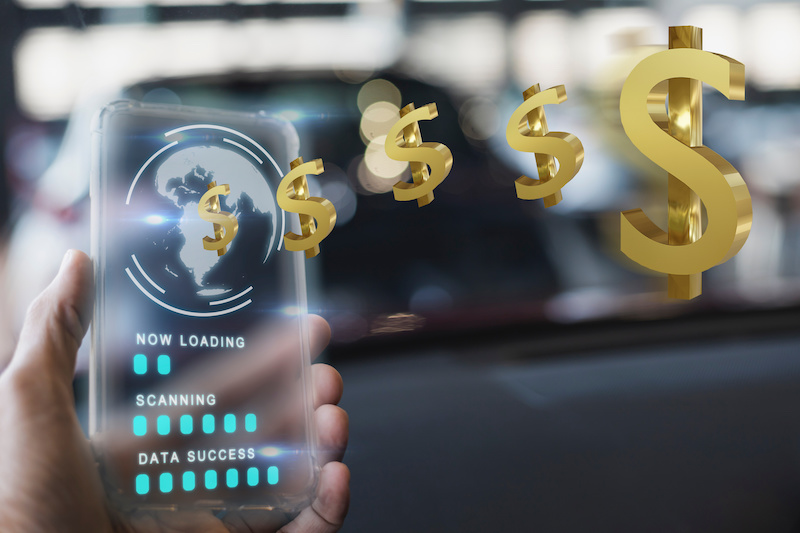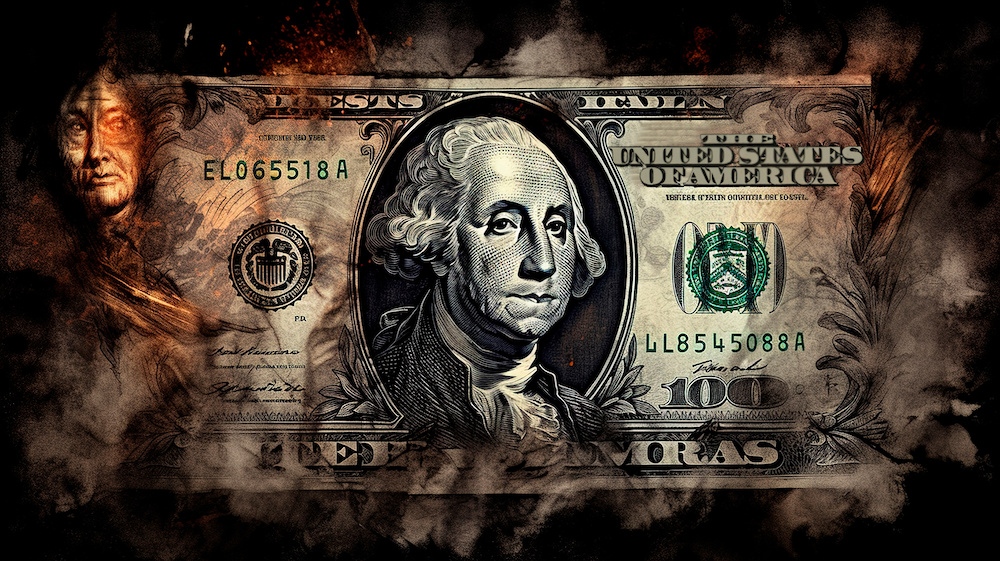BRICS: Developing Platform for National Currency Transactions
Speaking at a BRICS meeting, Russian Foreign Minister Victor Lavrov told attendees that BRICS is prioritizing the creation of a platform that will enable member states to conduct cross-border transactions in national currencies.

